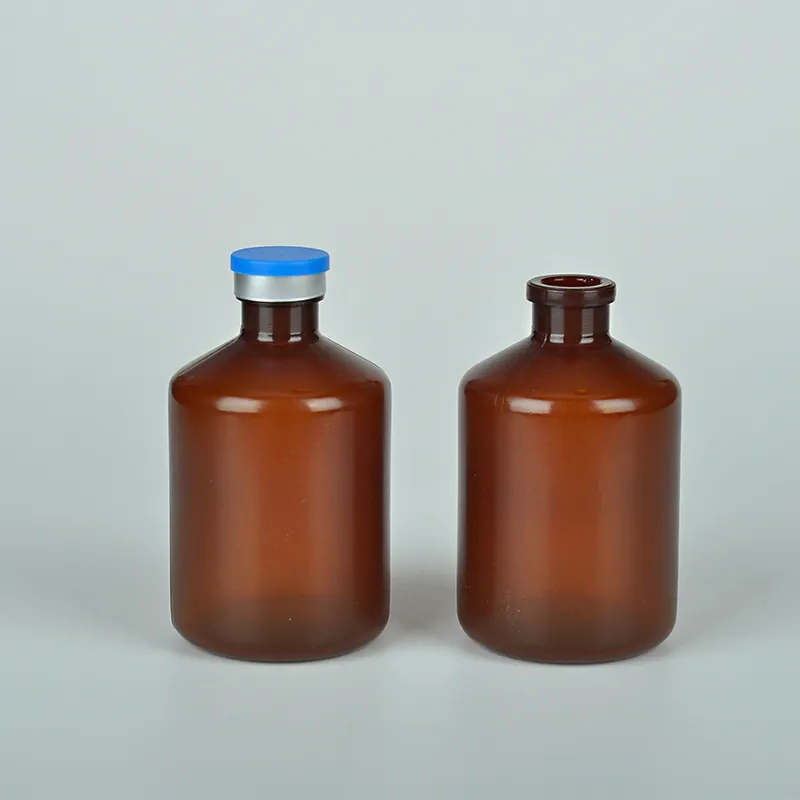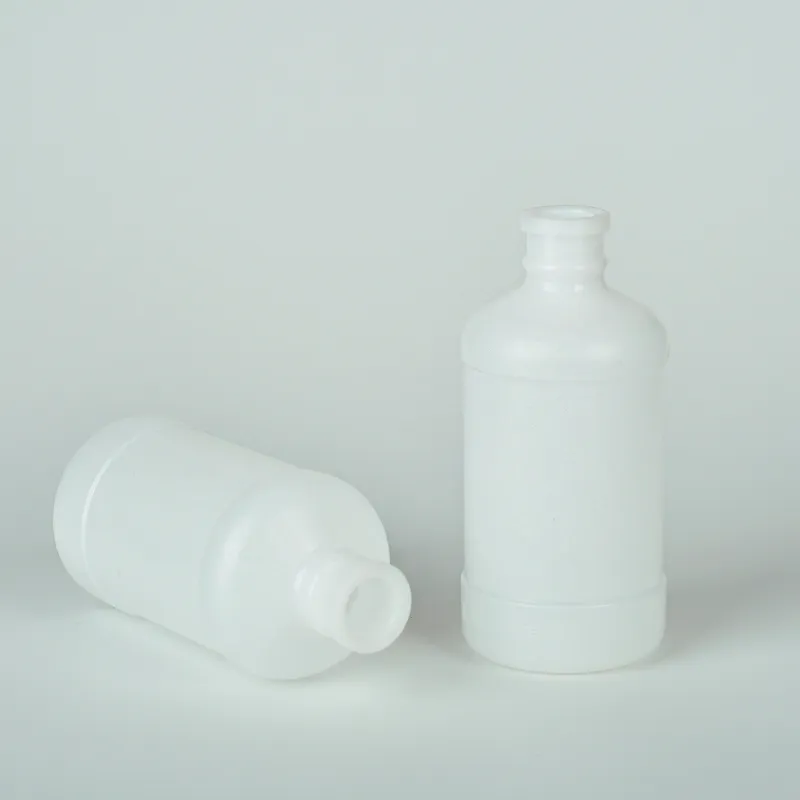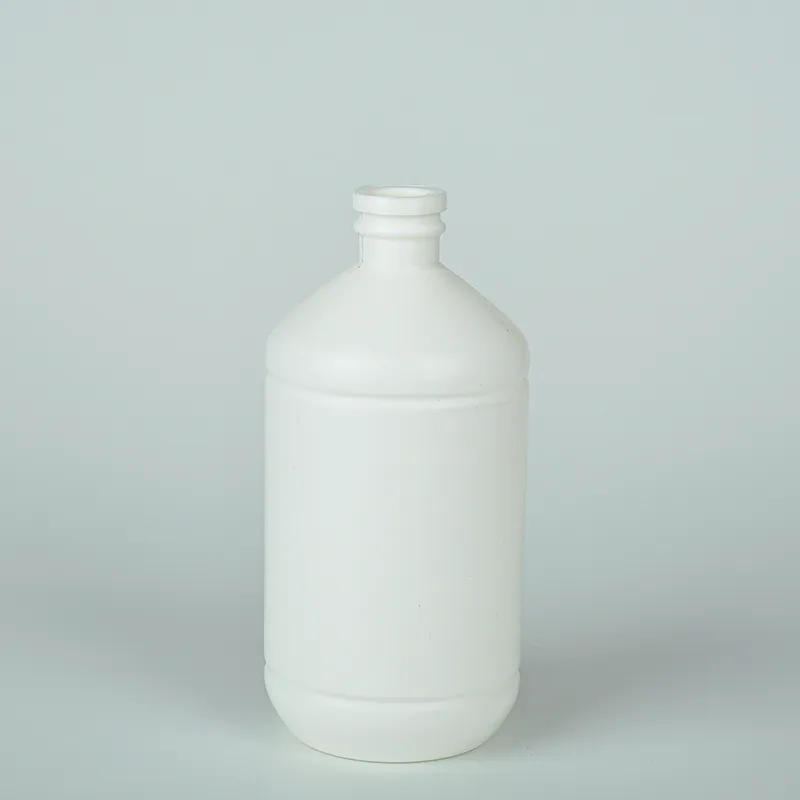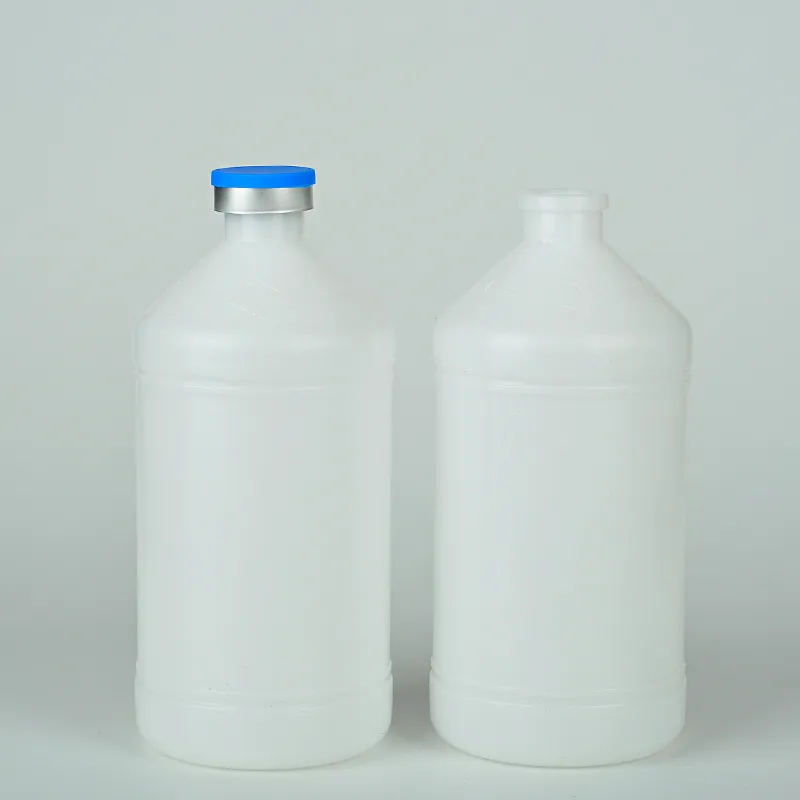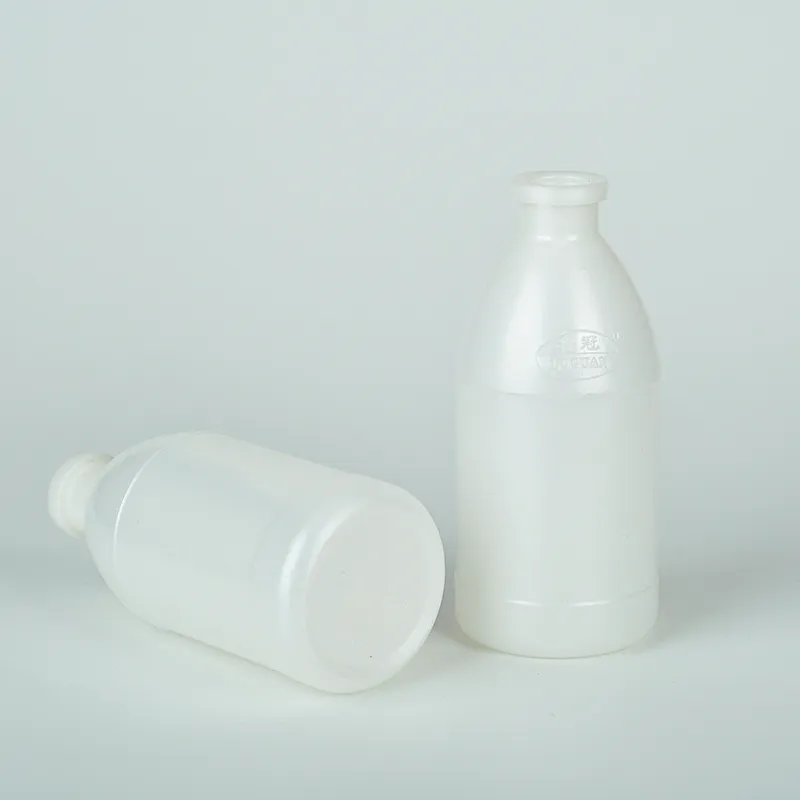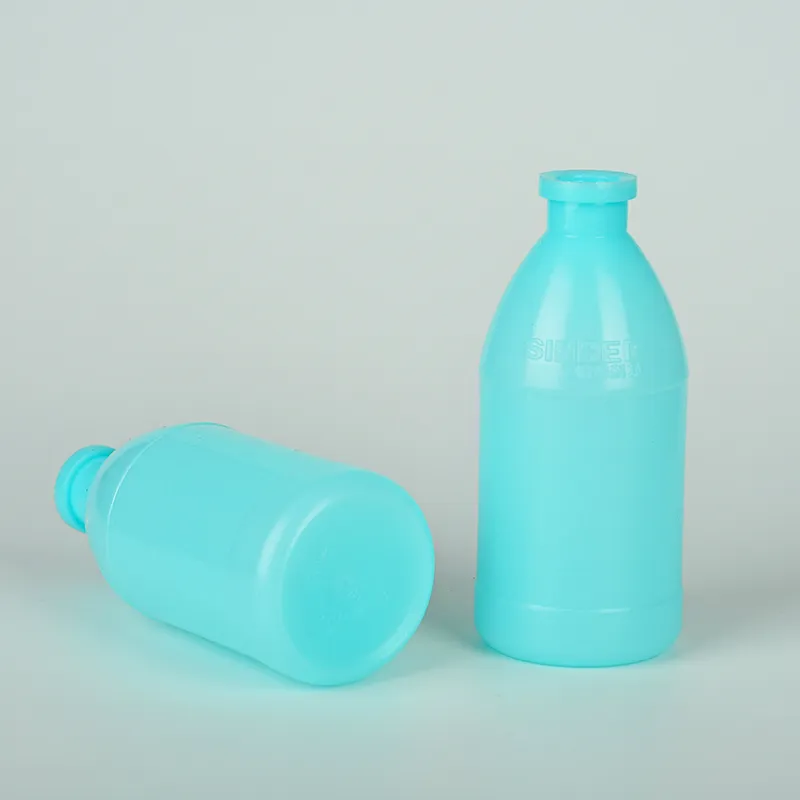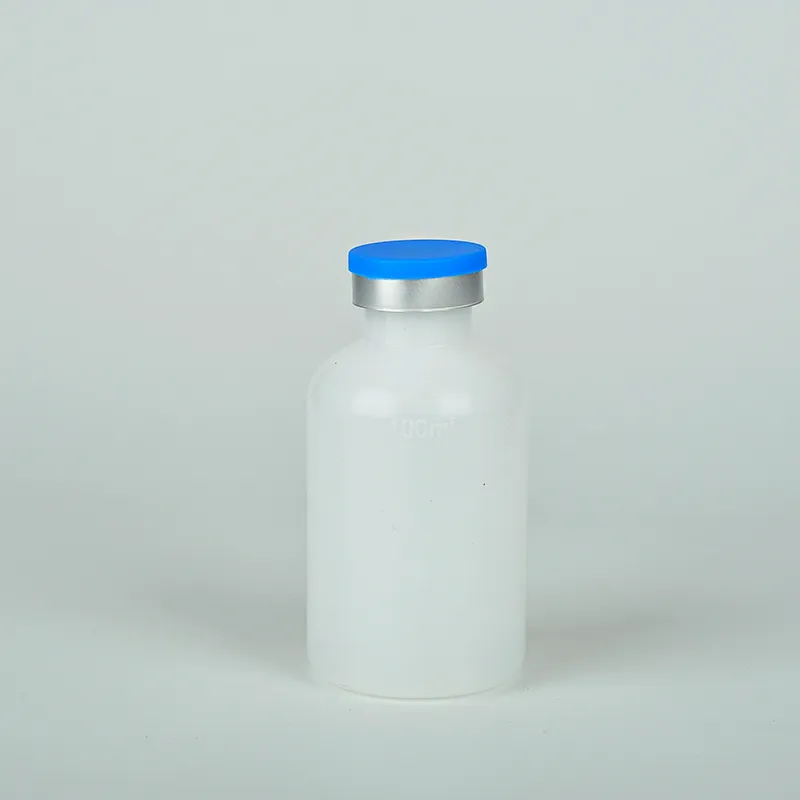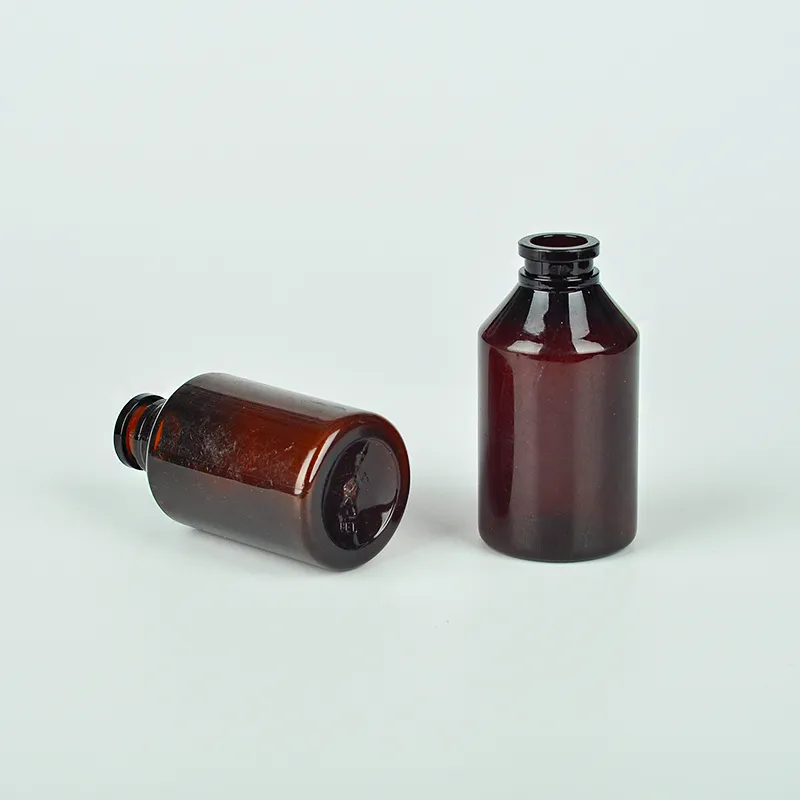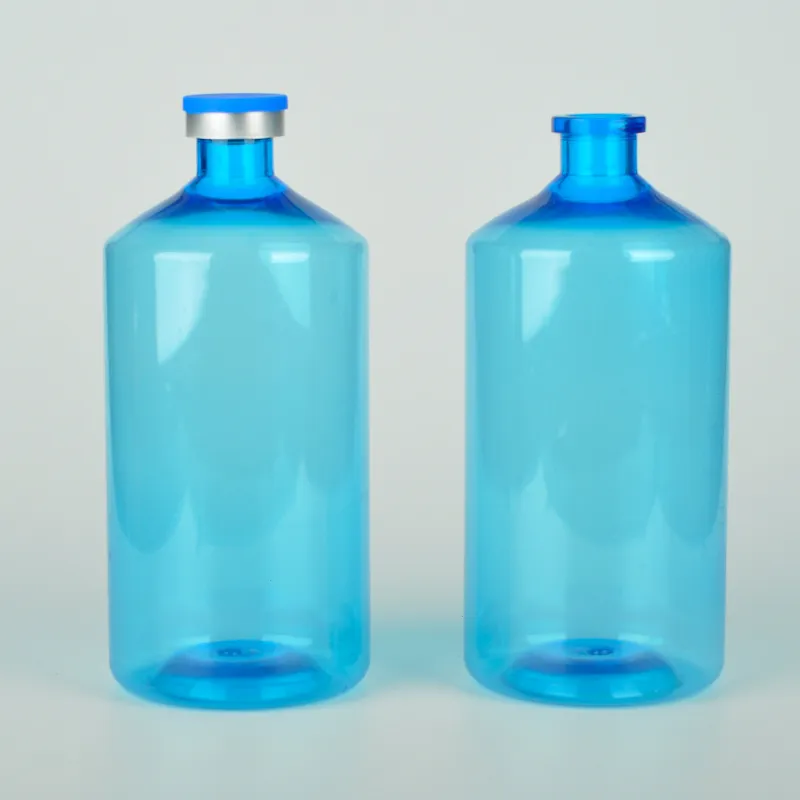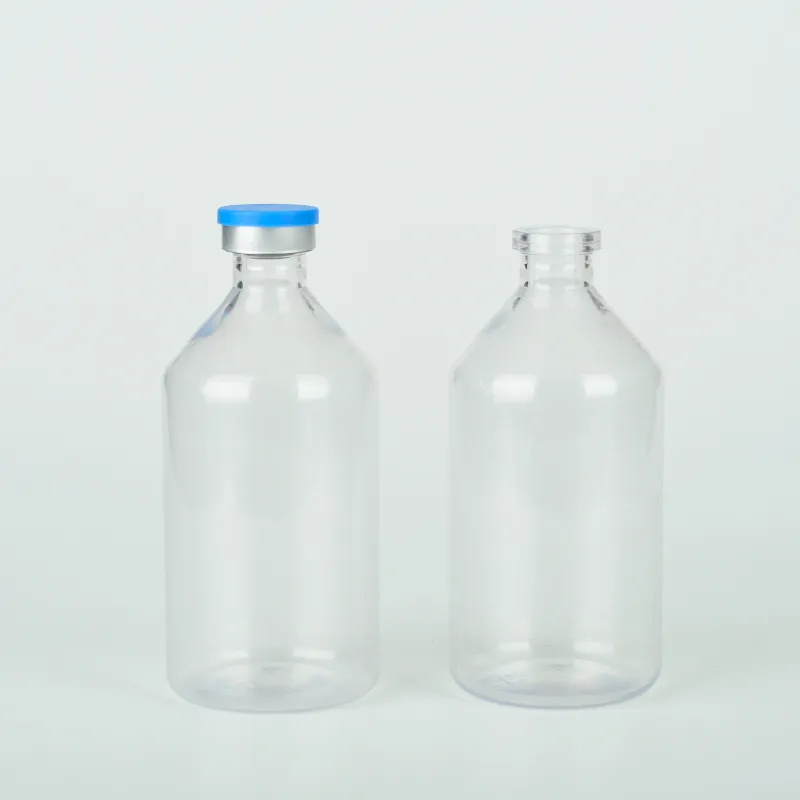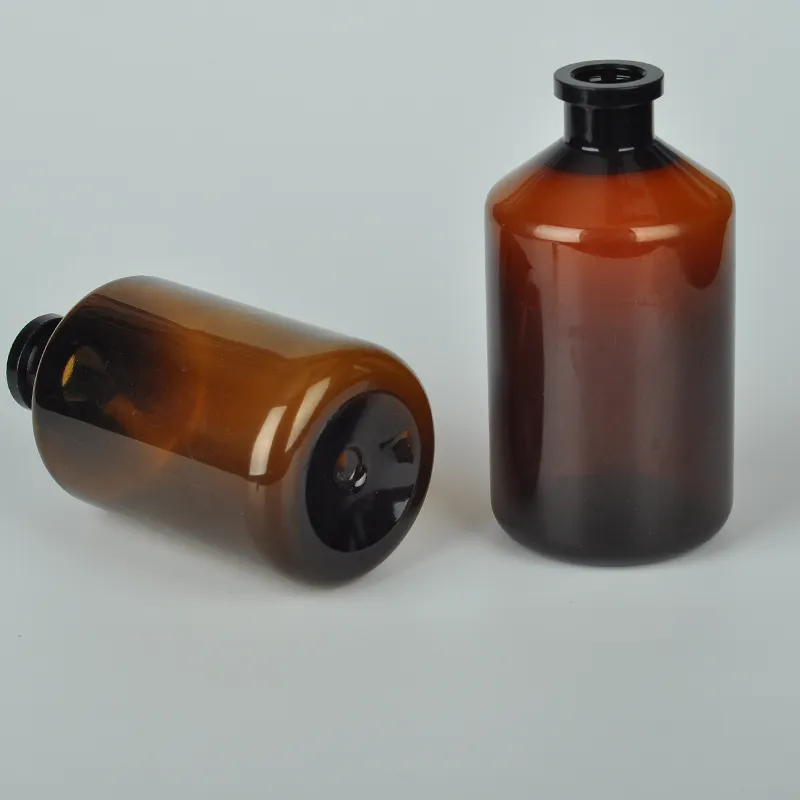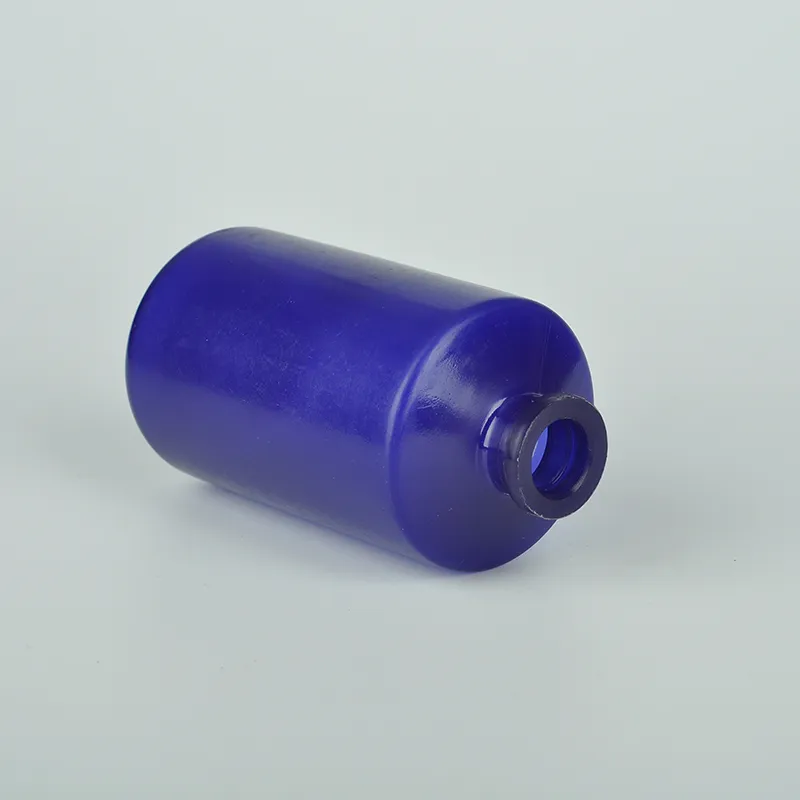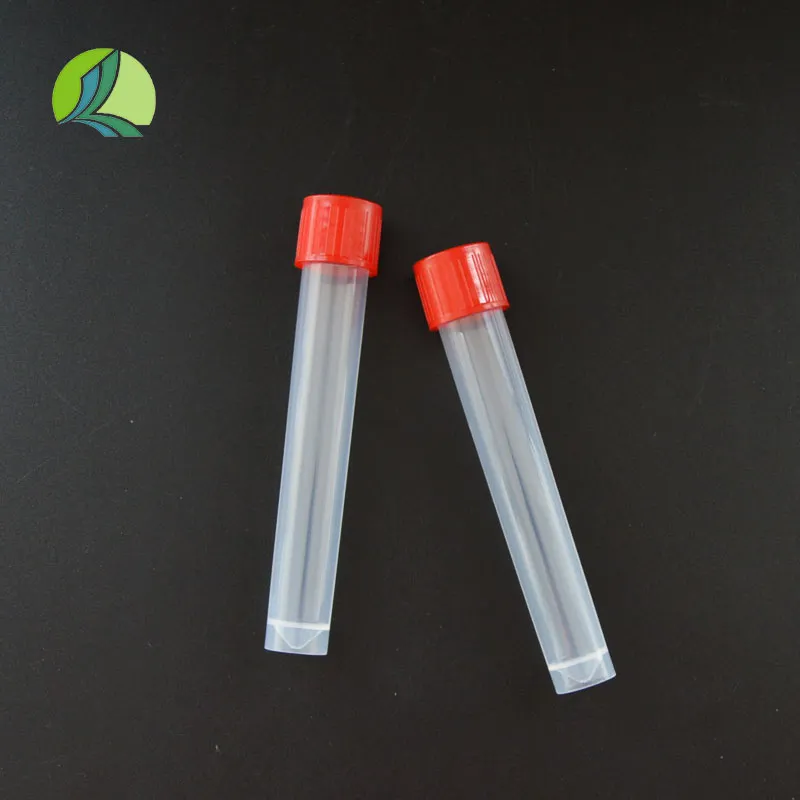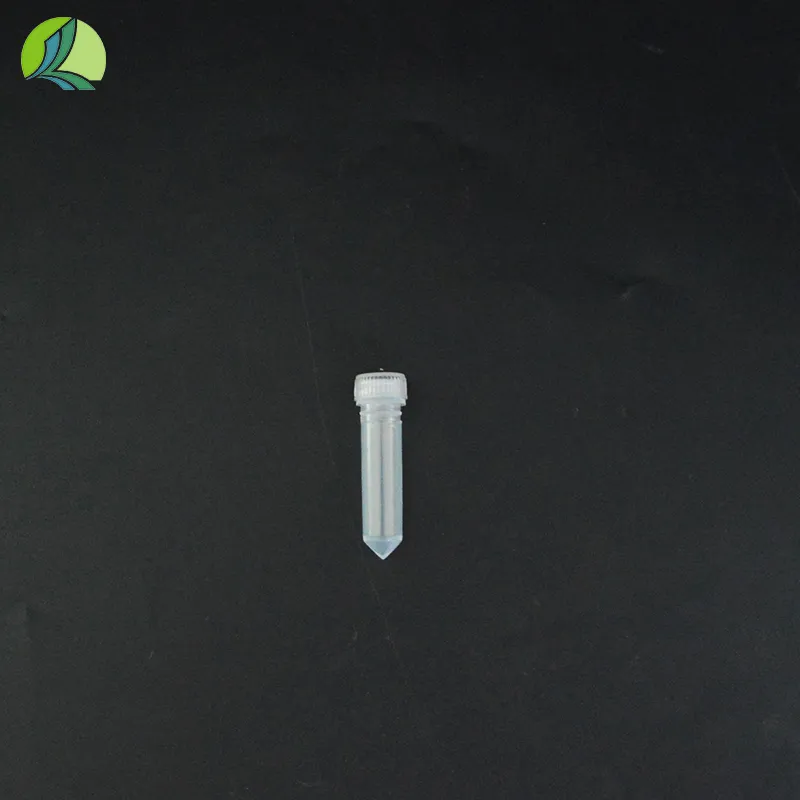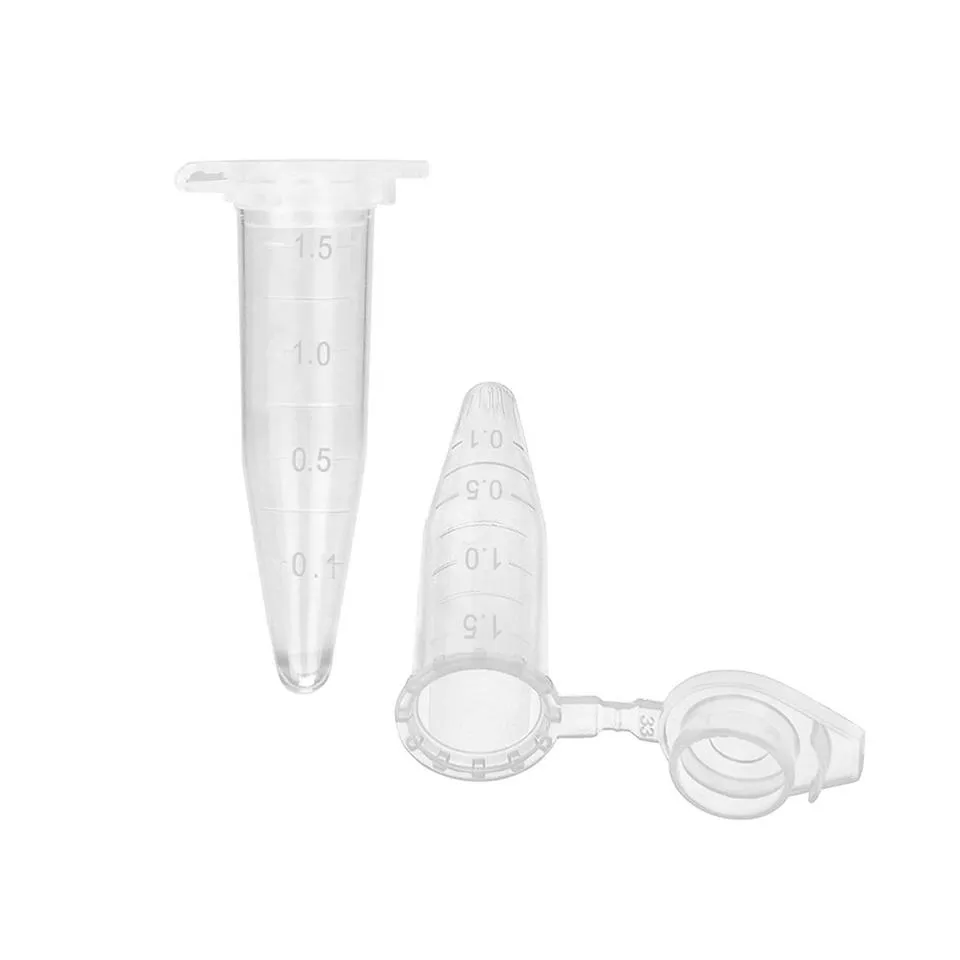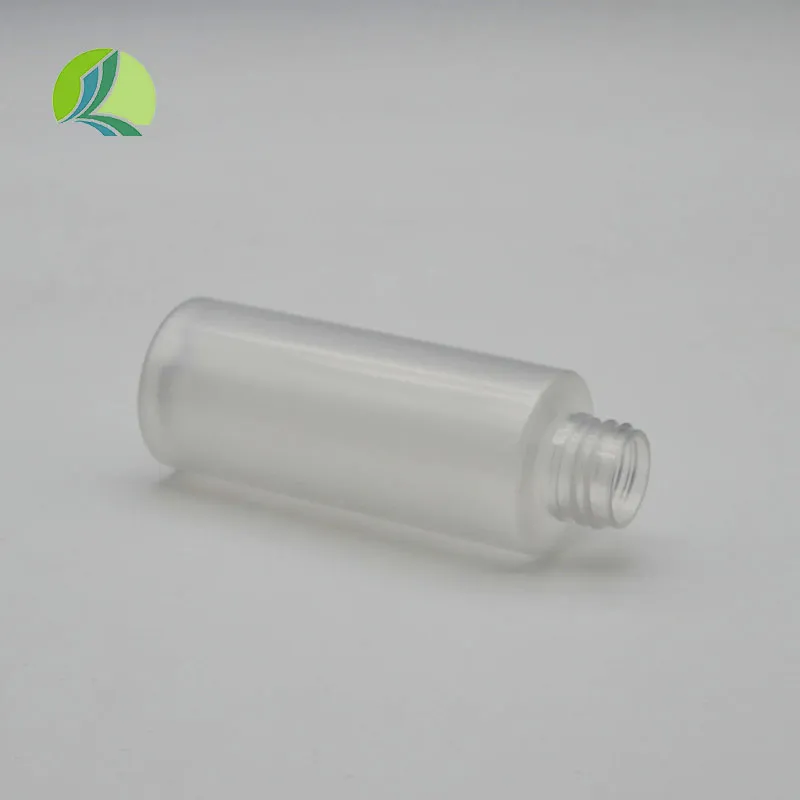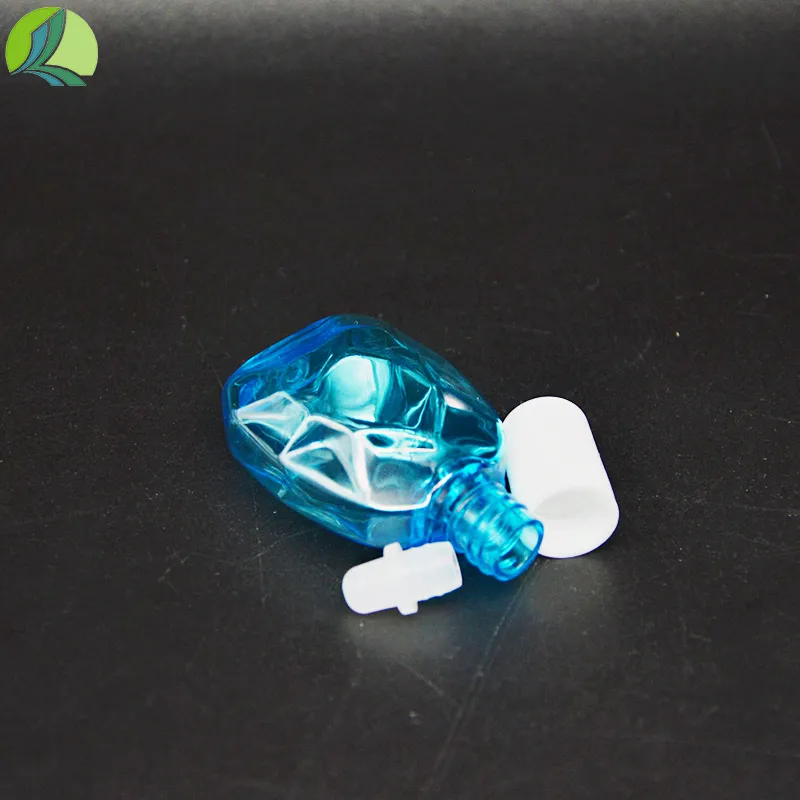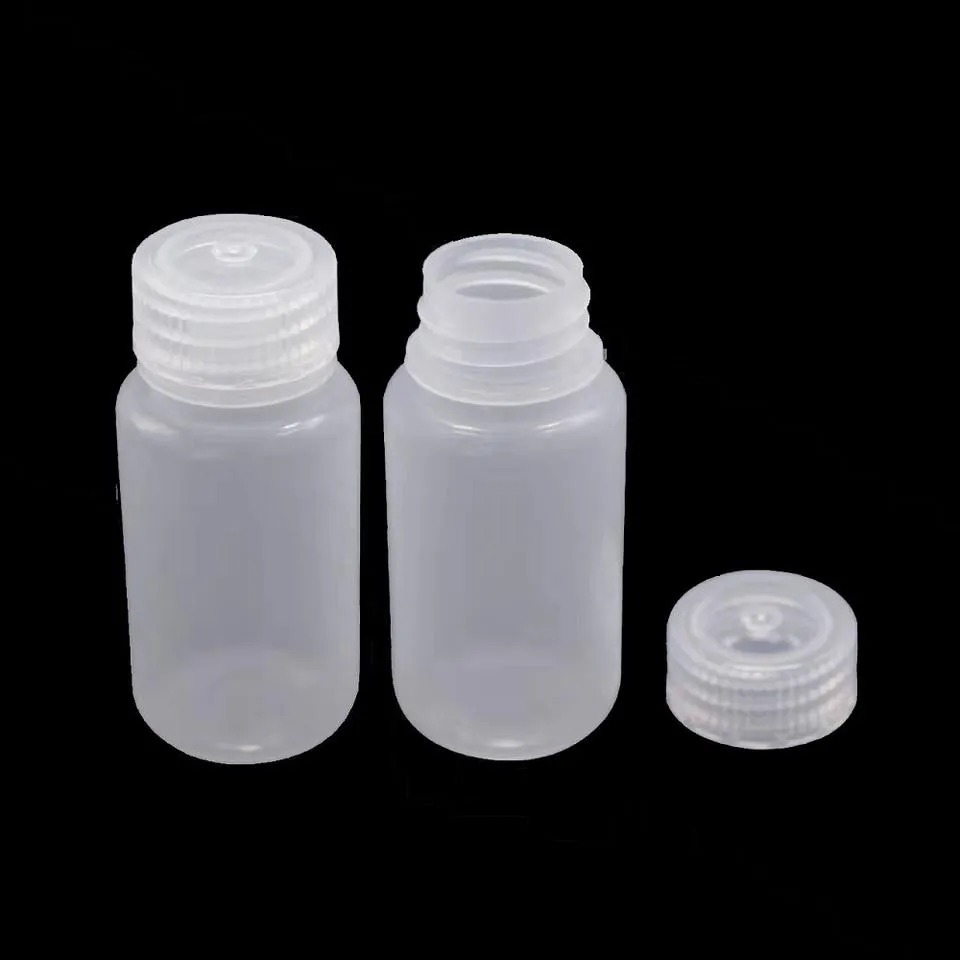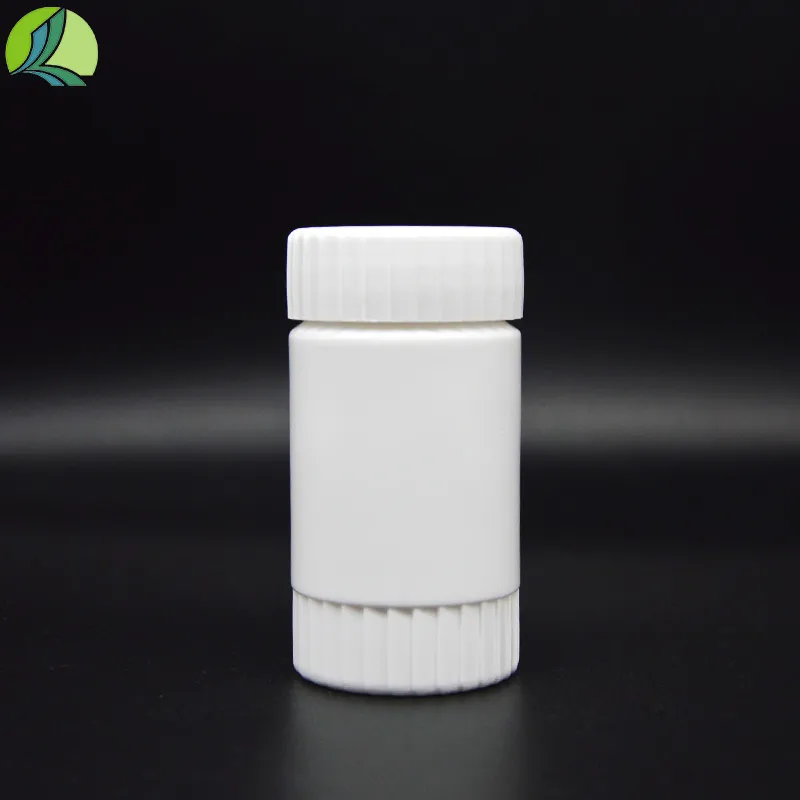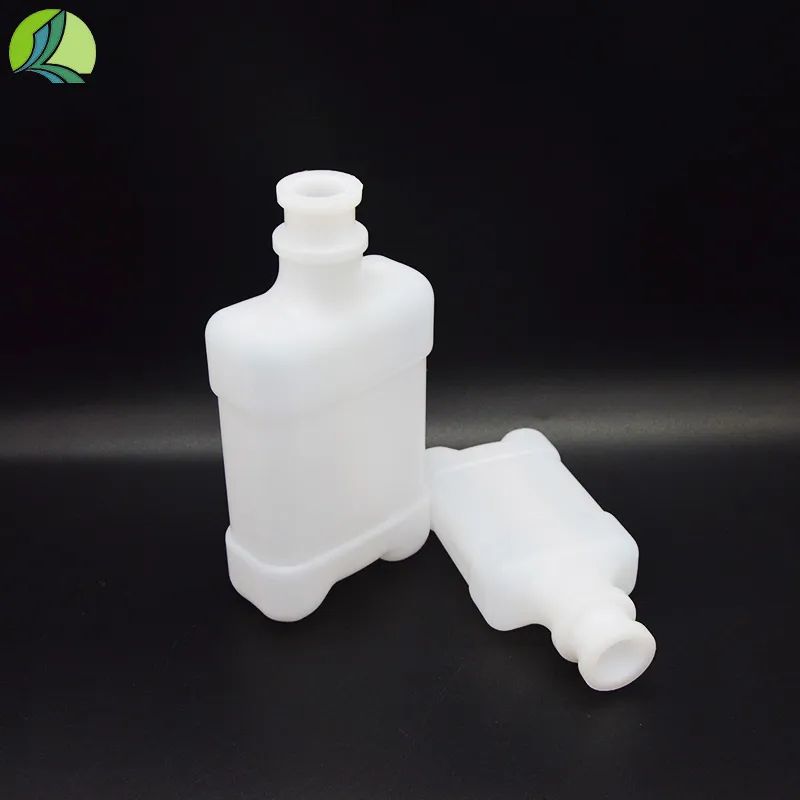
-
 Afrikaans
Afrikaans -
 Albanian
Albanian -
 Amharic
Amharic -
 Arabic
Arabic -
 Armenian
Armenian -
 Azerbaijani
Azerbaijani -
 Basque
Basque -
 Belarusian
Belarusian -
 Bengali
Bengali -
 Bosnian
Bosnian -
 Bulgarian
Bulgarian -
 Catalan
Catalan -
 Cebuano
Cebuano -
 Corsican
Corsican -
 Croatian
Croatian -
 Czech
Czech -
 Danish
Danish -
 Dutch
Dutch -
 English
English -
 Esperanto
Esperanto -
 Estonian
Estonian -
 Finnish
Finnish -
 French
French -
 Frisian
Frisian -
 Galician
Galician -
 Georgian
Georgian -
 German
German -
 Greek
Greek -
 Gujarati
Gujarati -
 Haitian Creole
Haitian Creole -
 hausa
hausa -
 hawaiian
hawaiian -
 Hebrew
Hebrew -
 Hindi
Hindi -
 Miao
Miao -
 Hungarian
Hungarian -
 Icelandic
Icelandic -
 igbo
igbo -
 Indonesian
Indonesian -
 irish
irish -
 Italian
Italian -
 Japanese
Japanese -
 Javanese
Javanese -
 Kannada
Kannada -
 kazakh
kazakh -
 Khmer
Khmer -
 Rwandese
Rwandese -
 Korean
Korean -
 Kurdish
Kurdish -
 Kyrgyz
Kyrgyz -
 Lao
Lao -
 Latin
Latin -
 Latvian
Latvian -
 Lithuanian
Lithuanian -
 Luxembourgish
Luxembourgish -
 Macedonian
Macedonian -
 Malgashi
Malgashi -
 Malay
Malay -
 Malayalam
Malayalam -
 Maltese
Maltese -
 Maori
Maori -
 Marathi
Marathi -
 Mongolian
Mongolian -
 Myanmar
Myanmar -
 Nepali
Nepali -
 Norwegian
Norwegian -
 Norwegian
Norwegian -
 Occitan
Occitan -
 Pashto
Pashto -
 Persian
Persian -
 Polish
Polish -
 Portuguese
Portuguese -
 Punjabi
Punjabi -
 Romanian
Romanian -
 Russian
Russian -
 Samoan
Samoan -
 Scottish Gaelic
Scottish Gaelic -
 Serbian
Serbian -
 Sesotho
Sesotho -
 Shona
Shona -
 Sindhi
Sindhi -
 Sinhala
Sinhala -
 Slovak
Slovak -
 Slovenian
Slovenian -
 Somali
Somali -
 Spanish
Spanish -
 Sundanese
Sundanese -
 Swahili
Swahili -
 Swedish
Swedish -
 Tagalog
Tagalog -
 Tajik
Tajik -
 Tamil
Tamil -
 Tatar
Tatar -
 Telugu
Telugu -
 Thai
Thai -
 Turkish
Turkish -
 Turkmen
Turkmen -
 Ukrainian
Ukrainian -
 Urdu
Urdu -
 Uighur
Uighur -
 Uzbek
Uzbek -
 Vietnamese
Vietnamese -
 Welsh
Welsh -
 Bantu
Bantu -
 Yiddish
Yiddish -
 Yoruba
Yoruba -
 Zulu
Zulu
The Essential Role of Plastic Vaccine Vials in Modern Healthcare
In today’s fast-evolving medical landscape, the importance of reliable and safe vaccine storage cannot be overstated. The plastic vaccine vial stands out as a critical component in the vaccine supply chain, ensuring that vaccines maintain their potency from manufacturing to administration. These vials are specifically designed containers crafted from high-quality medical-grade plastics, such as polypropylene (PP) or polyethylene terephthalate (PET). Their robust construction offers excellent chemical resistance and durability, making them indispensable for safely storing sensitive vaccine formulations.
One of the key advantages of the plastic vaccine vial is its ability to provide a secure barrier against moisture, light, and environmental contaminants. This protective function is vital in preserving the stability and efficacy of vaccines, which can be easily compromised if exposed to adverse conditions. Compared to traditional glass vials, plastic alternatives are significantly lighter and shatterproof, reducing the risk of damage during transportation and handling, especially in high-demand or emergency scenarios.
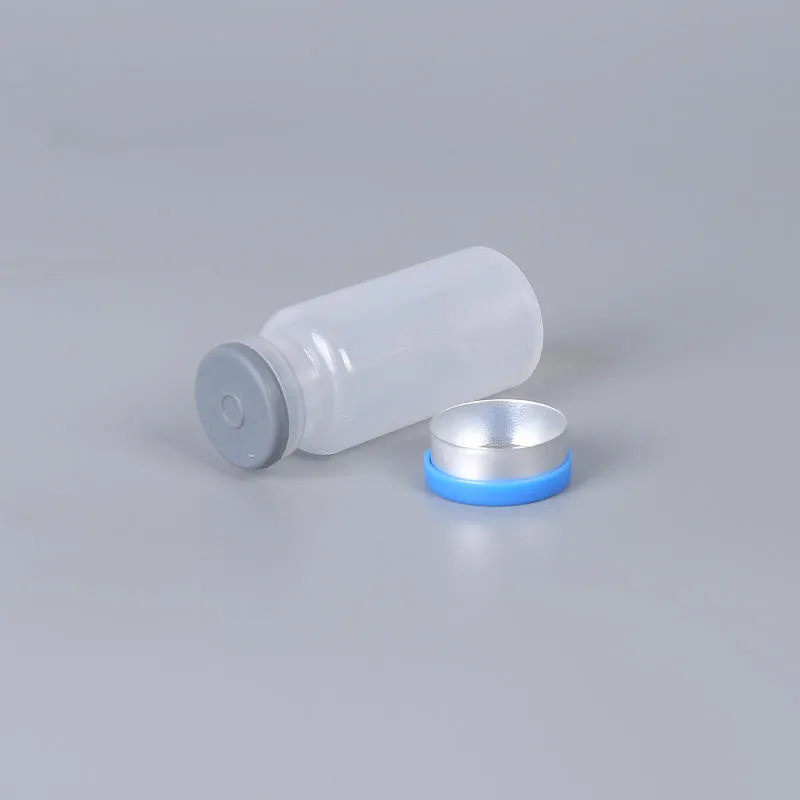
Plastic Vaccine Bottle Design and Materials for Optimal Safety
The design of the plastic vaccine bottle prioritizes safety and functionality. Made from medical-grade polymers like PP and PET, these bottles exhibit exceptional chemical inertness, preventing interaction between the container and the vaccine solution. This chemical resistance helps maintain the vaccine’s integrity over prolonged storage periods.
Plastic vaccine bottles come in various sizes to accommodate single-dose or multi-dose vaccines, meeting the diverse needs of healthcare providers. Many models include tamper-evident caps or child-resistant features, ensuring that the vial remains secure from contamination or unauthorized access. Their lightweight nature simplifies logistics, reducing shipping costs and enabling easier handling in various healthcare settings, from hospitals to remote vaccination centers.
Sterilization compatibility is another crucial factor. These plastic vaccine bottles can withstand sterilization methods such as gamma radiation or ethylene oxide (EtO) gas without degrading, making them suitable for stringent medical applications where sterility is paramount. The versatility and robustness of these materials support their widespread adoption in pharmaceutical and biotechnology industries.
Why Plastic Vaccine Vials Are Preferred Over Glass Alternatives
The transition from glass to plastic in vaccine storage reflects ongoing improvements in healthcare logistics and safety standards. Glass vials, while traditionally used, present challenges such as fragility, higher weight, and potential for breakage, which can lead to vaccine wastage and safety hazards.
In contrast, plastic vaccine vials offer shatterproof durability, significantly lowering the risk of accidental damage during transport or administration. This durability is especially important in large-scale immunization campaigns or in regions with limited infrastructure, where rough handling is common.
Moreover, plastic vials contribute to sustainability goals by enabling lighter packaging and transport, which reduces carbon emissions. Their resistance to breakage also decreases medical waste and contamination risks, aligning with modern healthcare’s focus on safety and environmental responsibility.
Applications and Customization of Plastic Vaccine Bottles in the Pharma Industry
The pharmaceutical industry relies heavily on the flexibility offered by plastic vaccine bottles. Their availability in multiple sizes and designs allows pharmaceutical companies to tailor containers to specific vaccine formulations and dosage requirements. For example, single-dose vials are often used for precise, individual inoculations, while multi-dose bottles facilitate efficient mass vaccinations.
Custom manufacturing options enable features such as color coding, labeling compatibility, and special cap designs to improve handling and identification. Some plastic vaccine bottles incorporate integrated droppers or needle-free adapters, further enhancing user convenience and safety during vaccine administration.
These customizable attributes make plastic vaccine bottles invaluable not only for routine immunizations but also for emerging vaccines and rapid response needs in pandemics or outbreaks.
Ensuring Vaccine Integrity: Storage and Handling Benefits of Plastic Vaccine Vials
Maintaining vaccine integrity throughout the supply chain is paramount, and the plastic vaccine vial plays a pivotal role. Its design minimizes exposure to moisture and light, both of which can degrade vaccines. The secure sealing mechanisms prevent microbial contamination and preserve sterility.
Additionally, plastic vaccine vials are compatible with cold chain logistics, supporting refrigeration and freezing where necessary without compromising container strength. Their robust construction helps maintain a stable internal environment, ensuring that vaccines remain effective until administered.
Healthcare providers benefit from the ease of handling and reduced breakage risk, which translates to safer vaccination procedures and lower wastage rates.
Plastic Vaccine Manufacturer FAQs
What materials are used to manufacture plastic vaccine vials?
Plastic vaccine vials are primarily made from medical-grade polypropylene (PP) or polyethylene terephthalate (PET). These materials offer excellent chemical resistance, durability, and lightweight properties. They ensure the vaccine remains uncontaminated and stable by providing a reliable barrier against moisture, light, and environmental factors.
How do plastic vaccine bottles ensure safety during transportation?
The design of plastic vaccine bottles includes features such as tamper-evident and child-resistant caps, which prevent unauthorized access and contamination. Their shatterproof nature drastically reduces breakage risk compared to glass, making them safer and more reliable during handling and transport, especially over long distances or in challenging conditions.
Can plastic vaccine vials be sterilized without damage?
Yes, plastic vaccine vials are compatible with sterilization methods like gamma radiation and ethylene oxide (EtO) gas. These sterilization techniques ensure that the vials remain free of contaminants without compromising their structural integrity, making them suitable for use in stringent medical applications.
What sizes are available for plastic vaccine bottles?
Plastic vaccine bottles are available in various sizes ranging from small single-dose vials to larger multi-dose containers. This flexibility allows pharmaceutical companies and healthcare providers to select appropriate packaging depending on the vaccine formulation and the intended use, facilitating efficient and safe immunization practices.
Why are plastic vaccine vials preferred over glass?
Plastic vaccine vials are preferred due to their lightweight, shatterproof design which minimizes breakage and wastage. They are easier to handle, reduce transportation costs, and lower safety risks. Additionally, plastic containers support modern sterilization processes and can be customized with tamper-evident features, enhancing overall vaccine safety and efficacy.
-
Understanding Reagent Bottles: Essential Tools for Chemistry and Laboratory UseNewsJul.29,2025
-
The Essential Guide to Plastic Medicine Bottles: Safety, Manufacturing, and ApplicationsNewsJul.29,2025
-
Spray Bottle: A Versatile Tool for Everyday UseNewsJul.29,2025
-
Screw Cap Reagent Bottles: Reliable Storage Solutions for Laboratory UseNewsJul.29,2025
-
Reliable Medicine Bottles: Ensuring Safety and Convenience in Medication StorageNewsJul.29,2025



